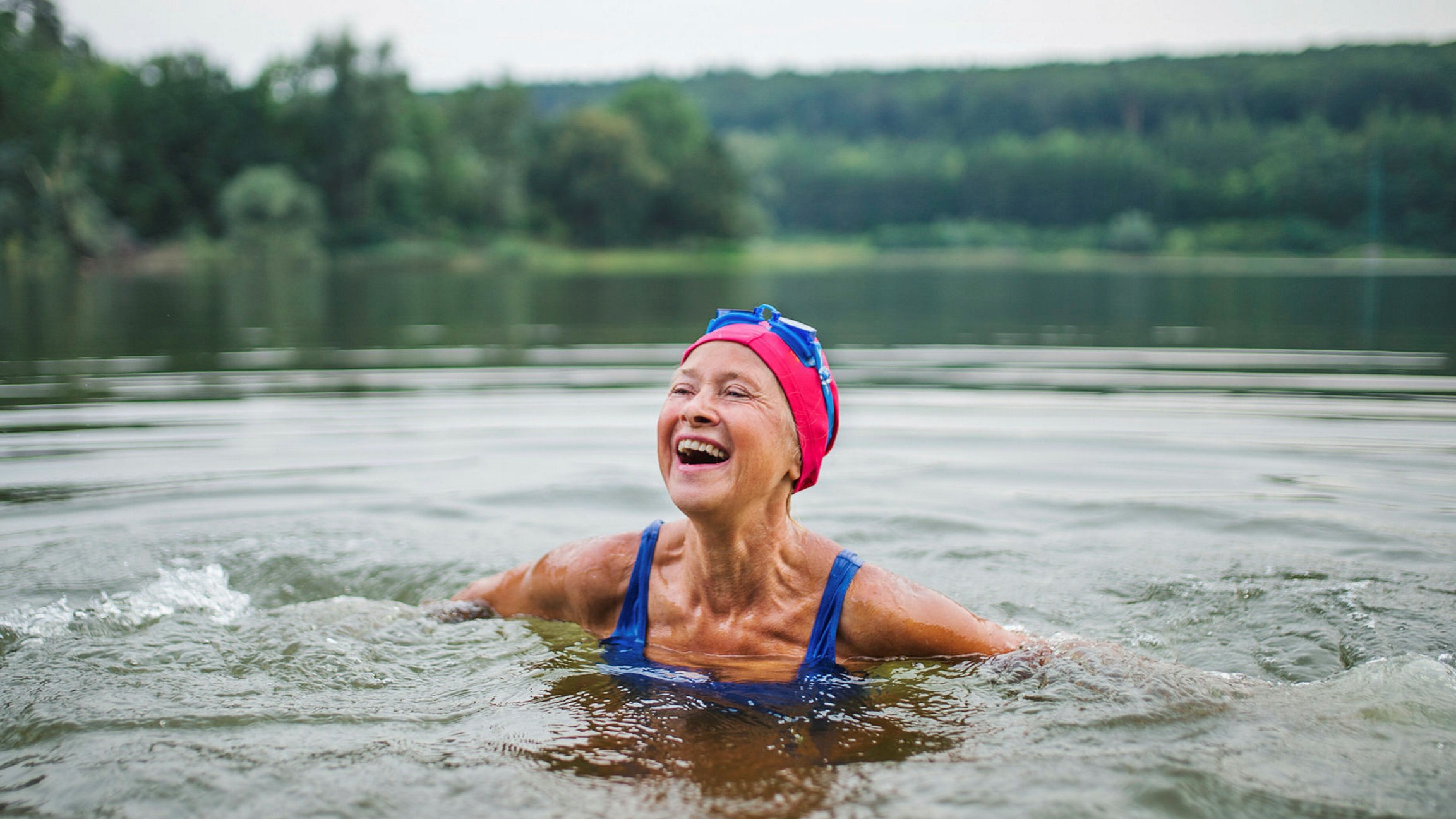

In addition, the resulting spatiotemporal map patterns also characterized age-related changes of gait. A striking feature of backward walking was the differential organization of the spinal output as compared to forward gait. These findings highlight age-related changes in the neuromuscular control of both forward and backward walking. As compared to young adults, the older ones used shorter steps, a more in-phase shank and foot motion, and the activity profiles of muscles innervated from the sacral segments were significantly wider in each walking condition. Gait kinematics and EMG activity of 14 unilateral lower-limb muscles were recorded.

Ten older and ten young adults walked forward and backward on a treadmill at different speeds. The present study compared the intersegmental coordination, muscle activity and corresponding modifications of spinal montoneuronal output during both forward and backward walking in young and older adults. Previous studies found significant modification in spatiotemporal parameters of backward walking in healthy older adults, but the age-related changes in the neuromuscular control have been considered to a lesser extent.


 0 kommentar(er)
0 kommentar(er)
